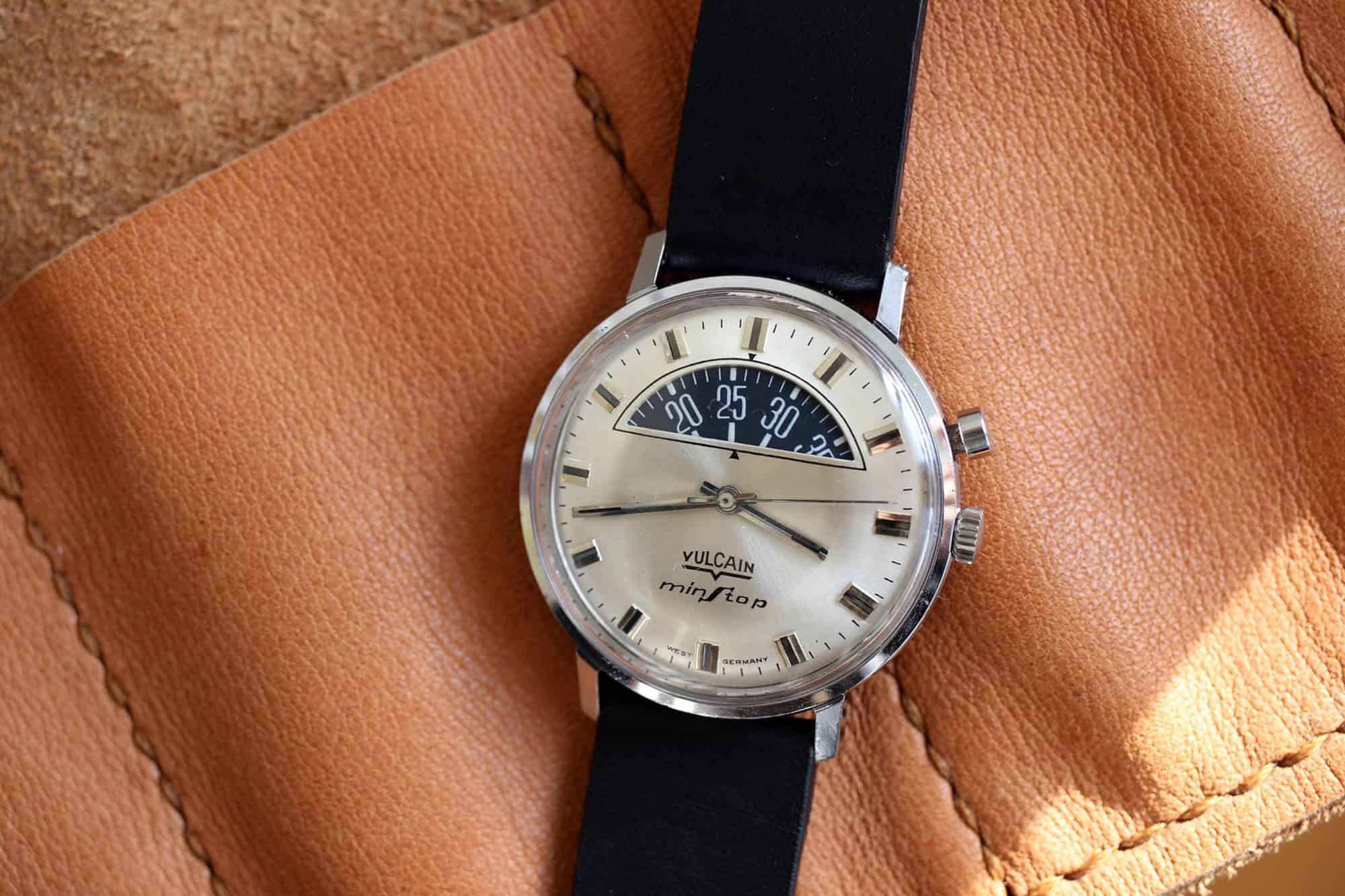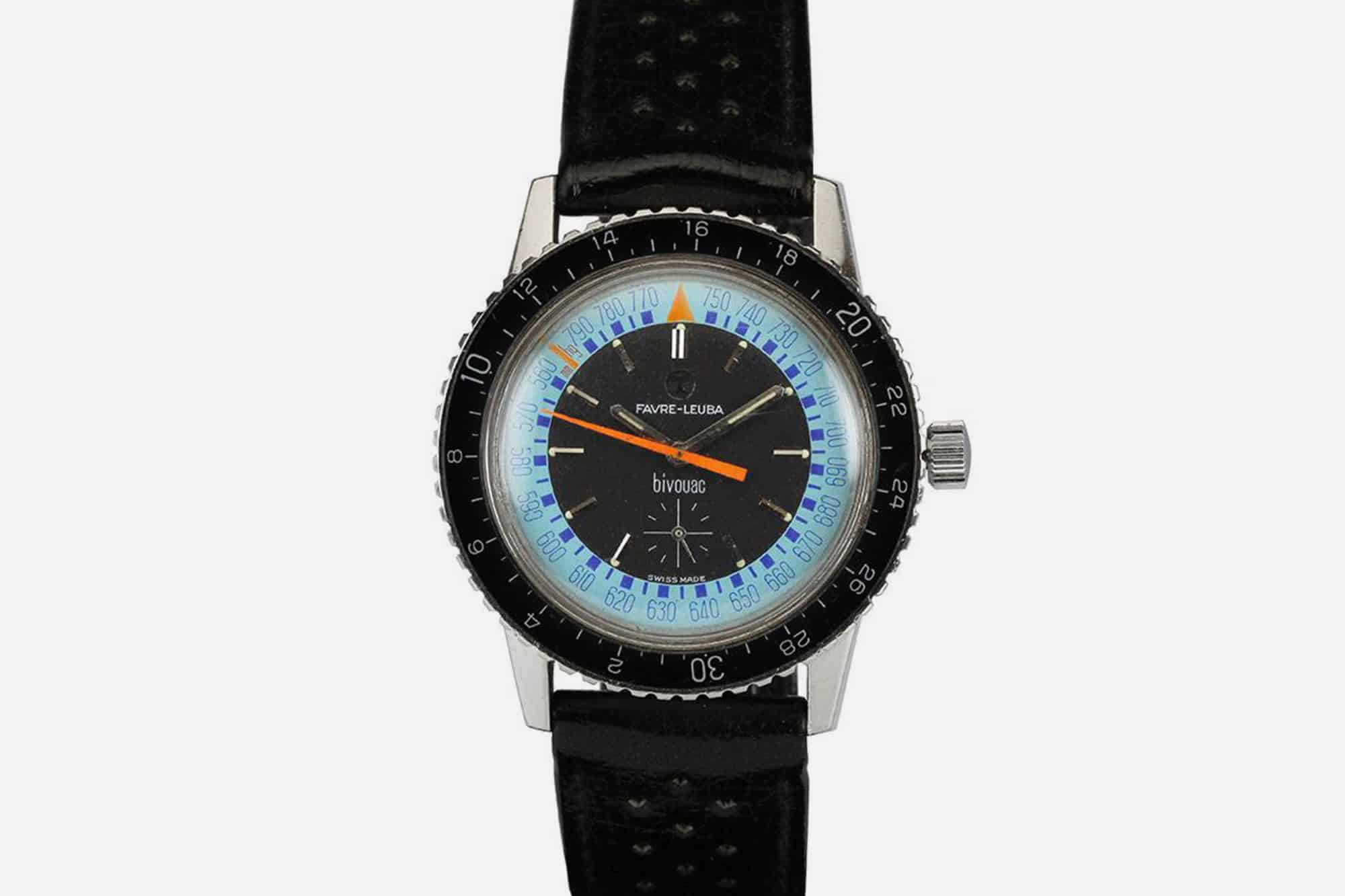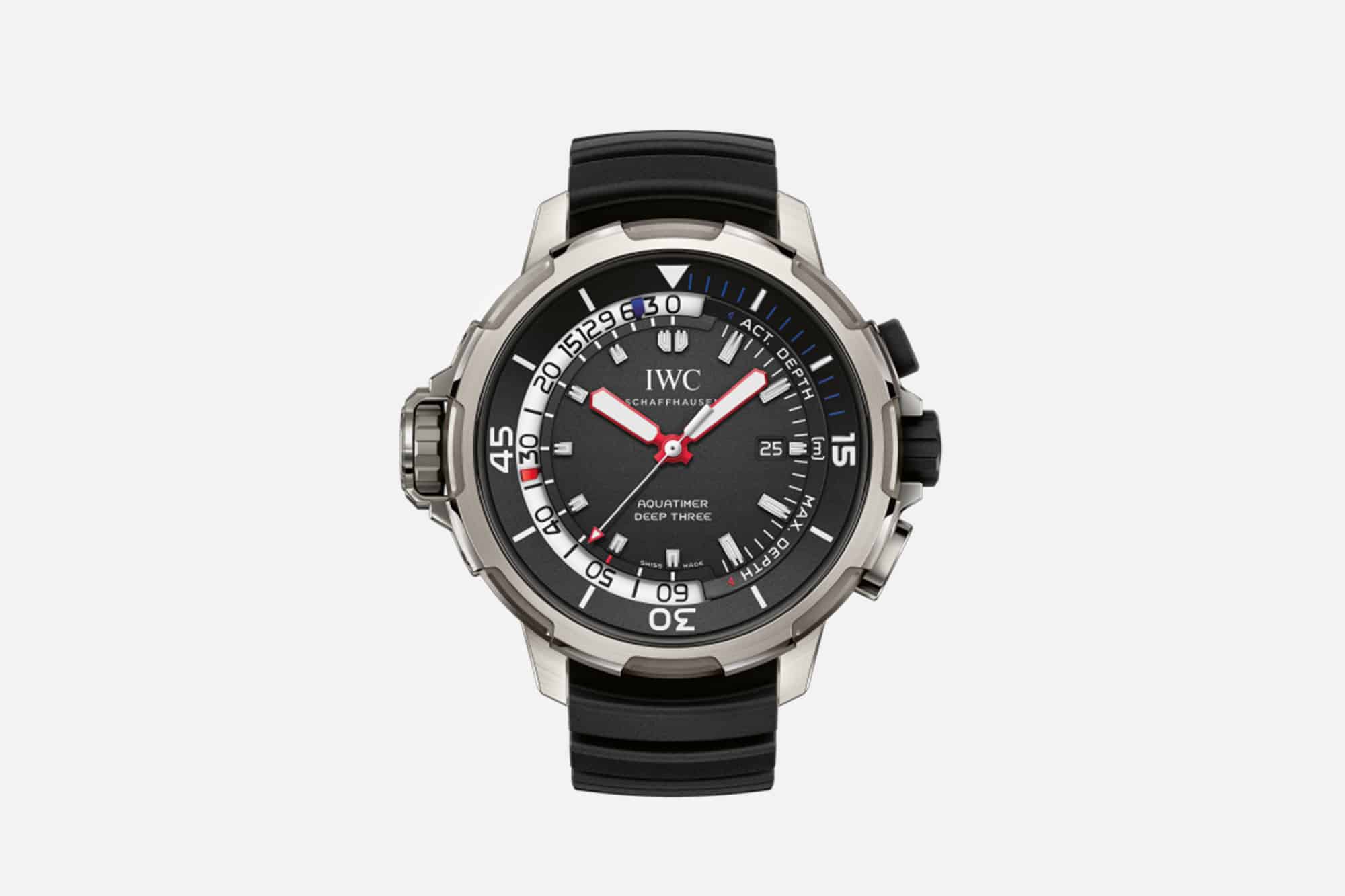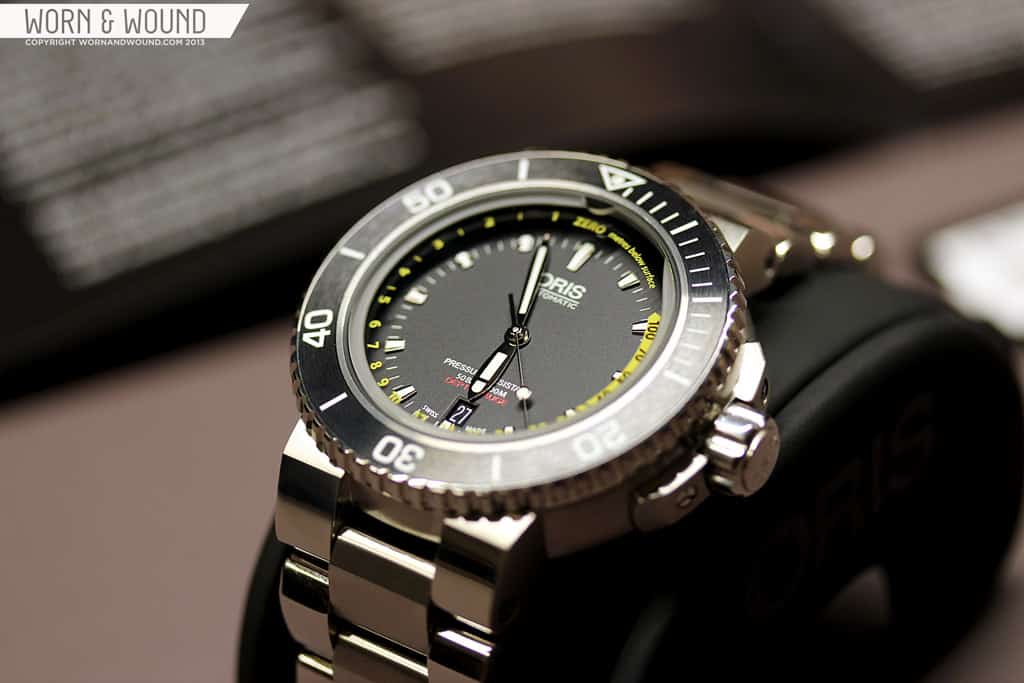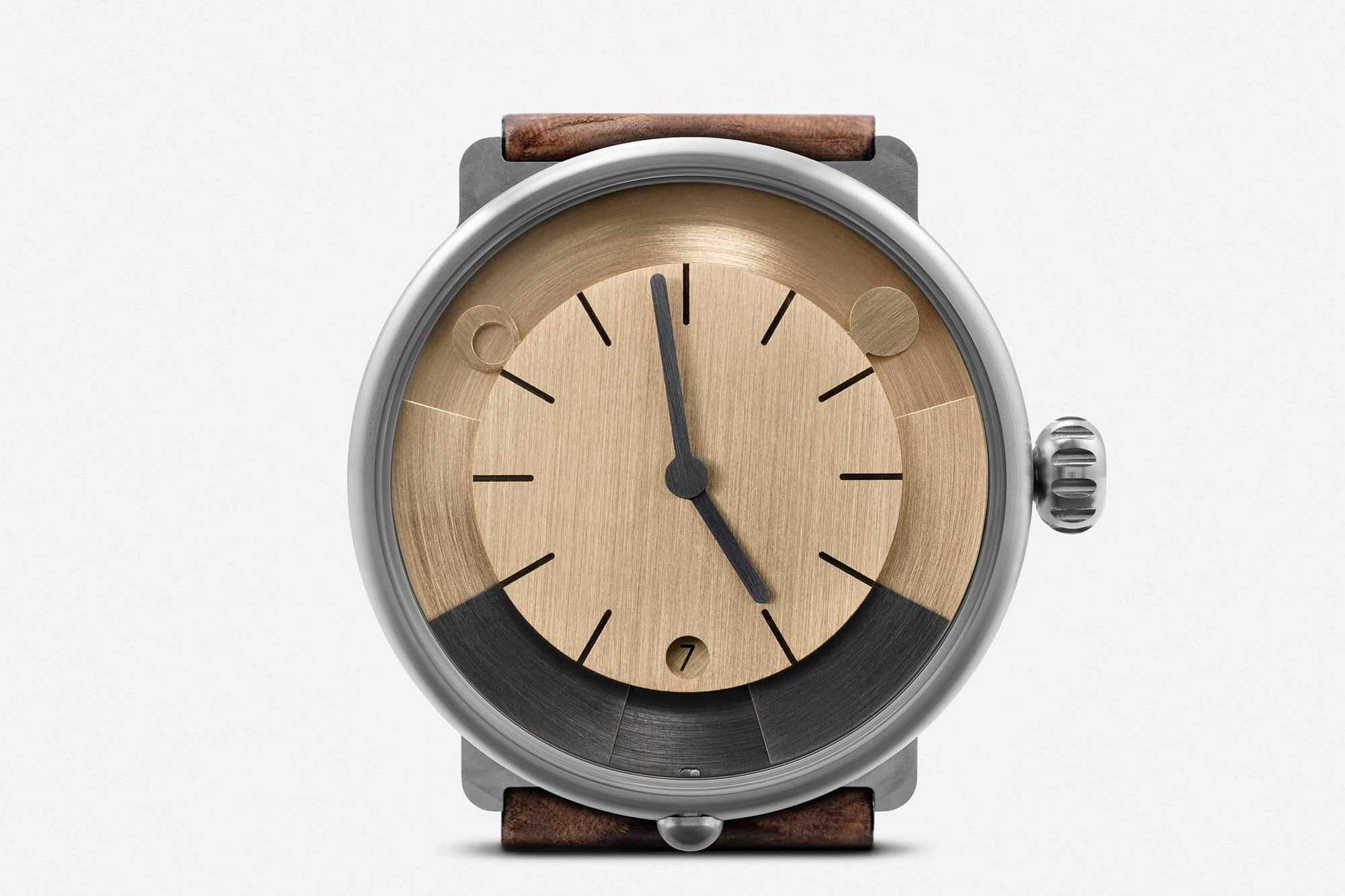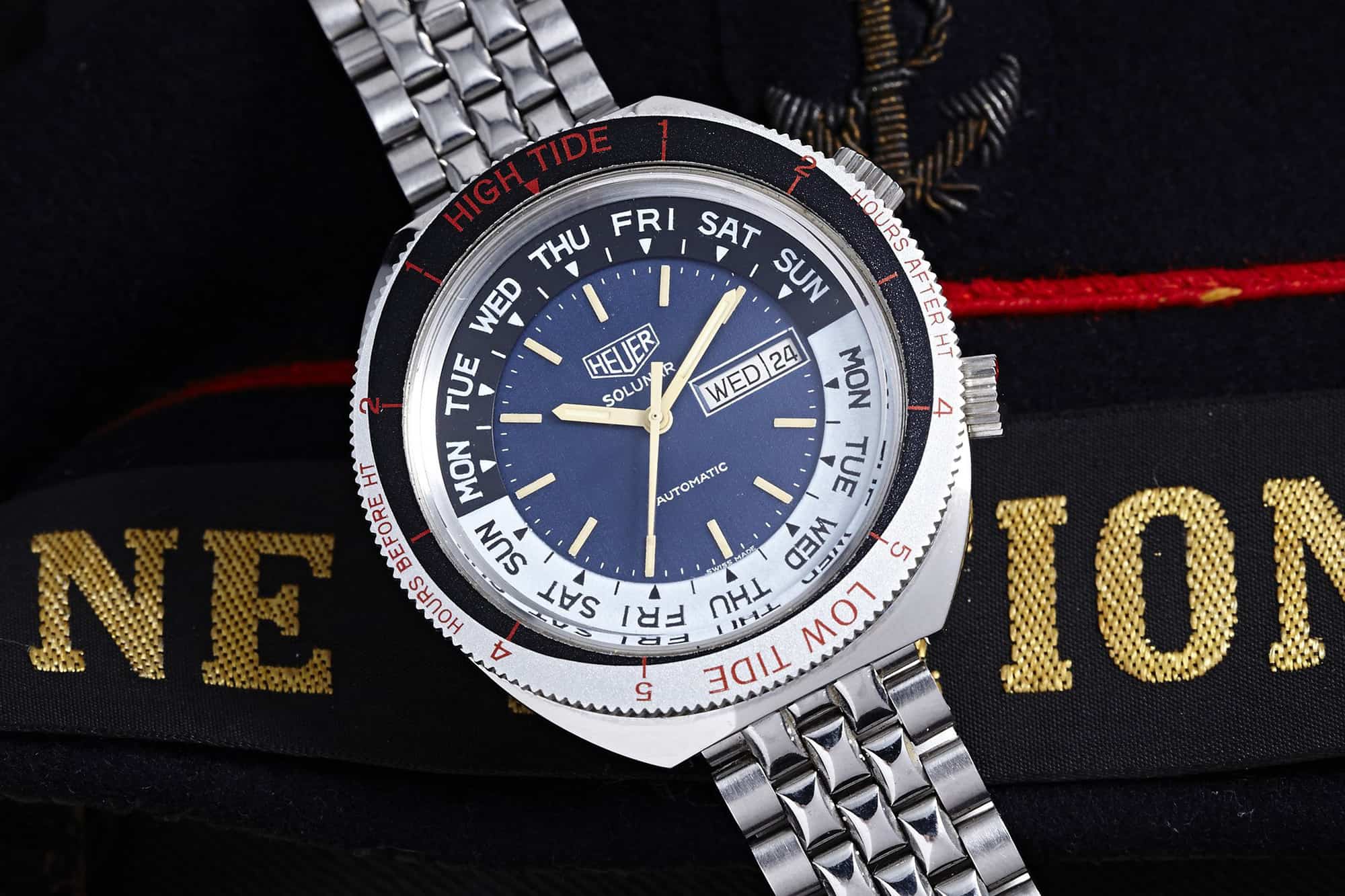Part of the magic of mechanical watches is the way they can be made to do all kinds of things other than tell the time. As if a complicated series of gears and springs giving you the time within a few seconds wasn’t impressive enough, many watches can also give you the date, time events, and even remind you of appointments and meetings, all with technology that made its most significant advancements in the 19th century.
Today, watch complications are inherently fascinating largely because they’re so unnecessary. In fact, there’s often an inverse relationship between a complication’s actual utility and how cool we think it is. A simple date display often doesn’t get a second glance, but for those moments when you’re making out a check and have a momentary lapse in memory, that often maligned date window sure does come in handy. But a realistic portrayal of the planets as they orbit the sun? Not exactly useful, but it may evoke an actual emotional response. Not something you get with even the most well implemented calendar complications.
Today, we look at some of the most unusual watch complications. From highly specific chronographs, to tools for adventurers, and some head spinning astronomical complications, this is your guide to the strangest complications we’ve come across.
Alarm
We’ll start off with something relatively simple: the mechanical alarm complication. Alarm watches are less common now, but for a period of time in the middle of the 20th century they were something of a sensation. The idea behind these watches is simple. The user, not wanting to miss an important meeting or appointment, sets their watch to alert them at a particular time. Once the hour hand passes the time for which the alarm is set, the watch begins to loudly buzz, alerting you that it’s time to join that meeting, or wake up, or change over the laundry.
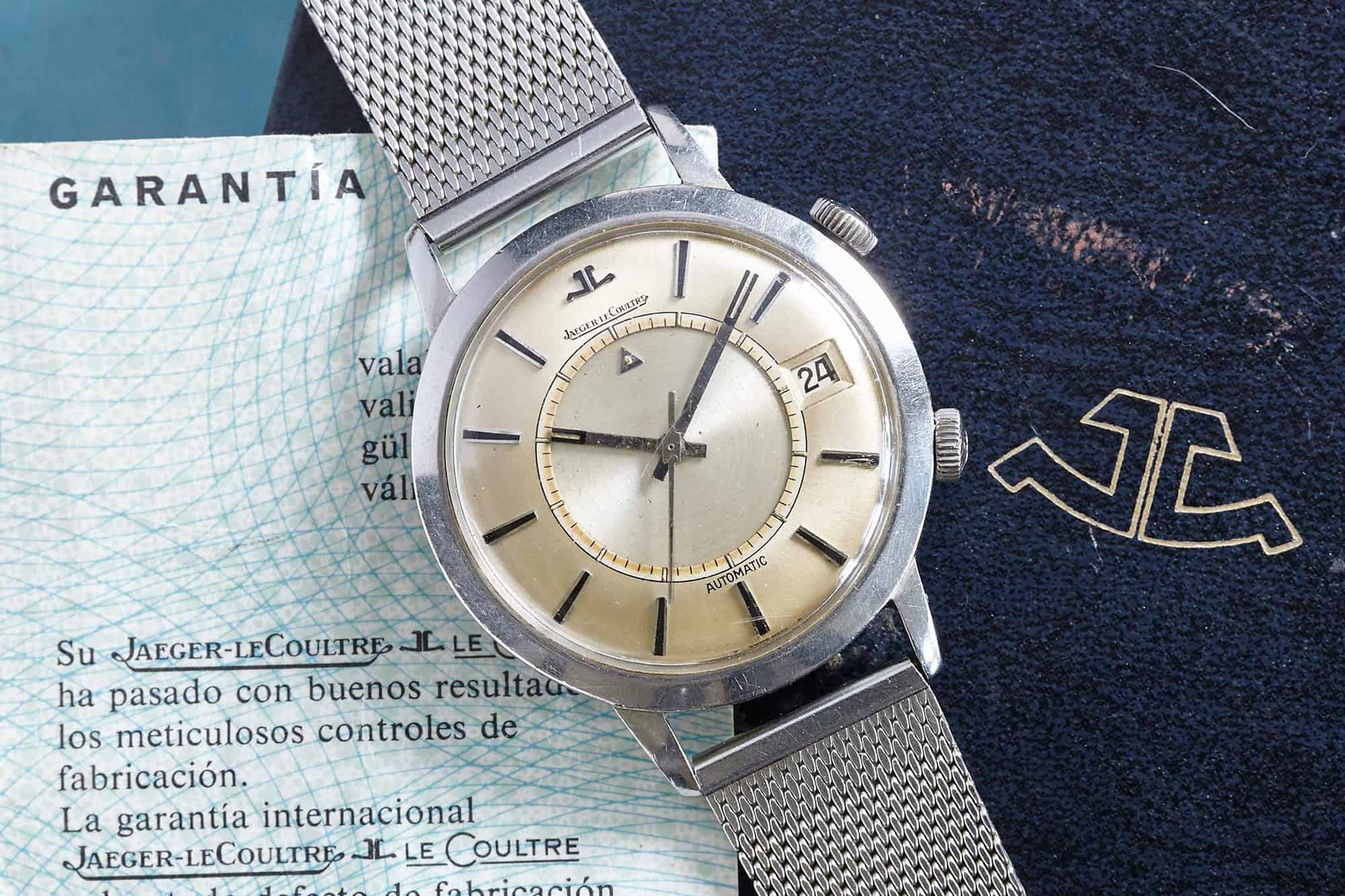
Alarm watches are fun because they don’t really match what we currently think of when we hear the word “alarm.” These things obviously don’t produce an electronic tone that repeats forever until you hit the snooze button or tap on your phone. An alarm watch is as much about tactile feedback as the audible sensation – the buzz of the alarm often produces a distinct vibration that you feel on the wrist (like a low tech Apple Watch). Or, if you’re not wearing the watch and have it sitting on a surface, that buzzing can take on different characteristics depending on what, exactly, the watch is vibrating against.
How does an alarm watch work? There are of course small differences between alarm watches made by different brands, but the basic principles hold tight regardless. While some alarm watches operate off of a single mainspring, the most historically significant alarm watches, the Vulcain Cricket and Jaeger Lecoultre Memovox, made use of a two barrel system. One used for powering the timekeeping mechanism, the other for delivering power to the alarm. The alarm was wound by turning the crown counter-clockwise (on most Crickets) or through the manipulation of a second crown (typical of the Memovox). The alarm is triggered when energy is released from the alarm’s mainspring via a cam activated lever. That energy powers a crude hammer that vibrates rapidly against a gong, creating a racket that winds down automatically once all the energy is expelled, or on command through the push of a button, or the pulling of a crown.

There’s a charm to these mechanical alarms that is completely absent in a Siri activated iPhone alarm. While alarm watches are still made (and they tend to sound more pleasant than the alarms of 70 years ago) vintage alarms, if working properly, are the way to go. Like all vintage watches, they represent a portal into another time and place, but being able to use such a specific and, by current standards, unusual complication makes them even more transportive. JLC Memovox









 Featured Videos
Featured Videos





